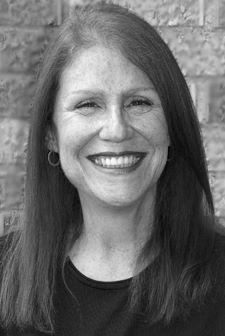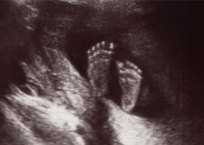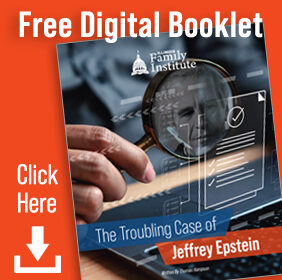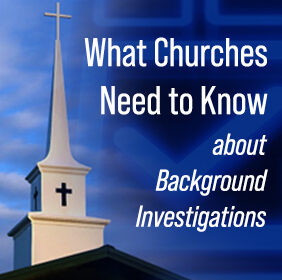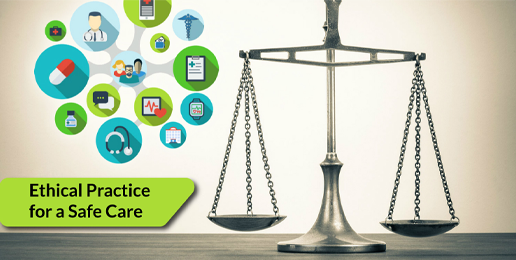
When I went to nursing school in 1967, abortion was illegal in the U.S. and so-called “back alley” abortions were universally condemned.
According to a Hopkins Bloomberg Public Health article titled “A Brief History of Abortion in the U.S.”:
“America’s first anti-abortion movement wasn’t driven primarily by moral or religious concerns like it is today. Instead, abortion’s first major foe in the U.S. was physicians on a mission to regulate medicine.” and “Most providers were midwives, many of whom made a good living selling abortifacient plants.” (Emphasis added)
The American Medical Association was established in 1847 and the “AMA was keen to be taken seriously as a gatekeeper of the medical profession, and abortion services made midwives and other irregular practitioners—so-called quacks—an easy target.”
“In 1857, the AMA took aim at unregulated abortion providers with a letter-writing campaign pushing state lawmakers to ban the practice. To make their case, they asserted that there was a medical consensus that life begins at conception, rather than at quickening.”
The campaign succeeded. At least 40 anti-abortion laws went on the books between 1860 and 1880.” (All emphasis added)
And abortion eventually became illegal throughout the U.S. until the 1973 Roe v. Wade U.S. Supreme Court decision that legalized most abortions in the US.
FAST FORWARD TO TODAY
In a June 13, 2023 article on Medpage titled “AMA Delegates Make Short Work of Proposals on Abortion” at AMA Delegates Make Short Work of Proposals on Abortion | MedPage Today, Dr Thomas Eppes Jr, MD from Virginia introduced a resolution that asked the AMA to:
“advocate for availability of the highest standard of neonatal care to [an] aborted fetus born alive at a gestational age of viability,” which occurs at approximately 22 weeks’ gestation. “This position is not to argue the woman’s right to choose … The decision to abort is still between the patient and the physician,” Eppes said. “It does not imply the woman’s responsibility for the fetal life, but this resolution places the burden of care on the physician, who now has to care for two patients once the fetus is viable.” (Emphasis added)
The resolution was opposed by Kavita Arora, MD, of Chapel Hill, North Carolina, a delegate from the American College of Obstetricians and Gynecologists (ACOG) who was speaking on behalf of the ACOG section council and the Specialty and Service societies who said that:
“Our policy should be based on science, it should be based on fact, and it should be based on the best available evidence that honors and upholds the value of the patient-physician relationship and the nuance and complexity of medical care,” and that “It is not a one-size-fits-all approach and should not be based on misinformation or disinformation. I strongly urge you to oppose.” (Emphasis added)
The Dr. Eppes’ resolution was voted down 476-106 and the council moved on to reimbursement matters.
ASSISTED SUICIDE AND THE AMA
A May 1, 2023, article by Dallas R. Lawry, DNP, FNP-C, AOCNP® from the University of California, San Diego in the Journal of the Advanced Practitioner in Oncology titled “Rethinking Medical Aid in Dying: What Does It Mean to ‘Do No Harm?’” at Rethinking Medical Aid in Dying: What Does It Mean to ‘Do No Harm?’ – PMC (nih.gov) reveals that:
“Until 2019, the American Medical Association (AMA) maintained that MAID (medical aid in dying aka assisted suicide) was incompatible with their code of ethics and a physician’s responsibility to heal (AMA, 2022).”
But now, the AMA Medical Code of Ethics now has two provisions that support both positions on MAID, including: “Physicians who participate in MAID are adhering to their professional, ethical obligations as are physicians who decline to participate” (AMA, 2019, 2022; Compassion & Choices, 2022) (Emphasis added)
ABORTION AND THE ANA (American Nurses Association)
When I graduated nursing school in 1969, abortion was still a criminal act and no one expected the 1973 Roe v. Wade decision legalizing most abortions.
In 2022, the ANA publish a position statement fully supporting “respect for a person’s reproductive choices; sex education; access to contraception; access to abortion care; ensuring equity in reproductive health, access, and care delivery; and matters of conscience for nurses in SRH (sexual and reproductive health)”.
So it was not surprising that several national nursing associations condemned the US Supreme Court’s Dobbs v. Jackson Women’s Health Organization decision overturning the 1973 Roe v Wade decision and returning regulating abortion to the states and the ANA wrote in its official statement that:
“the “U.S. Supreme Court’s decision to overturn Roe vs. Wade is a serious setback for reproductive health and human rights” and that “”(n)urses have an ethical obligation to safeguard the right to privacy for individuals, families, and communities, allowing for decision making that is based on full information without coercion.” (All emphasis added)
ASSISTED SUICIDE AND THE ANA
In 1995, the American Nurses Association stated:
“The American Nurses Association (ANA) believes that the nurse should not participate in assisted suicide. Such an act is in violation of the Code for Nurses with Interpretive Statements (Code for Nurses) and the ethical traditions of the profession.” (Emphasis added)
In 2017, the ANA revised in position on VSED (voluntary stopping of eating and drinking) “with the intention of hastening death”.
In 2019, the American Nurses Association revised their position on assisted suicide titled “The Nurse’s Role When a Patient Requests Medical Aid in Dying”, stating that nurses:
• Remain objective when discussing end-of-life options with patients who are exploring medical aid in dying.
• Have an ethical duty to be knowledgeable about this evolving issue.
• Be aware of their personal values regarding medical aid in dying and how these values might affect the patient-nurse relationship.
• Have the right to conscientiously object to being involved in the aid in dying process. (But “Conscience-based refusals to participate exclude personal preference, prejudice, bias, convenience, or arbitrariness”)
• Never “abandon or refuse to provide comfort and safety measures to the patient” who has chosen medical aid in dying (Ersek, 2004, p. 55). Nurses who work in jurisdictions where medical aid in dying is legal have an obligation to inform their employers that they would predictively exercise a conscience-based objection so that appropriate assignments could be made” (All emphasis added)
But while the ANA is states that “It is a strict legal and ethical prohibition that a nurse may not administer the medication that causes the patient’s death”, it is silent when some states with assisted suicide laws like Washington state’s where Governor Jay Inslee (D) signed a new expansion to the law in April 2023 to “allow physician assistants and advanced nurse practitioners to be one of the medical providers who sign off on the procedure”, “eliminates a two-day waiting period for prescribing the drugs” and “allow the necessary drugs to be mailed to patients instead of picked up in person.” (Emphasis added)
Most recently on June 2, 2023 in Hawaii, Governor Josh Green (D), a physician, signed a bill that “allows qualified advanced practice registered nurses (APRNs) the authority as attending and consulting healthcare providers to evaluate and confirm a patient’s eligibility and to prescribe medical aid in dying medications.” (Emphasis added)
CONCLUSION
Because there are now many state and national medical professional organizations that support assisted suicide, , abortion and other problematic ethical issues, the discouraging effect on idealistic people considering or remaining in a health care career may be devastating to our most vulnerable people and indeed to our healthcare system itself.
But, as I will write in a future blog, there is hope, alternatives and resources that everyone needs to know to protect themselves and their loved ones as well as other vulnerable lives.
This article was originally published at NancyValko.com
